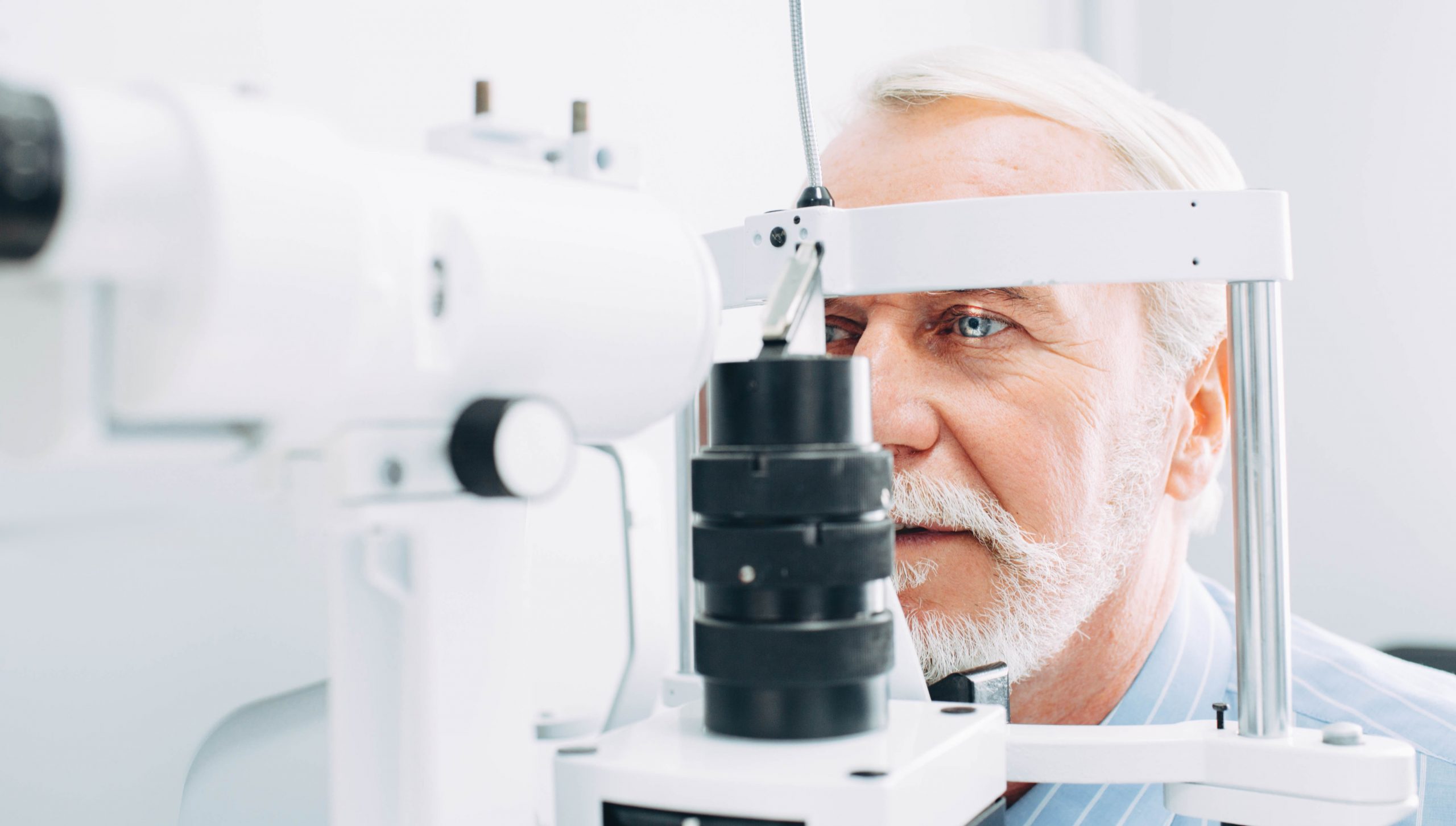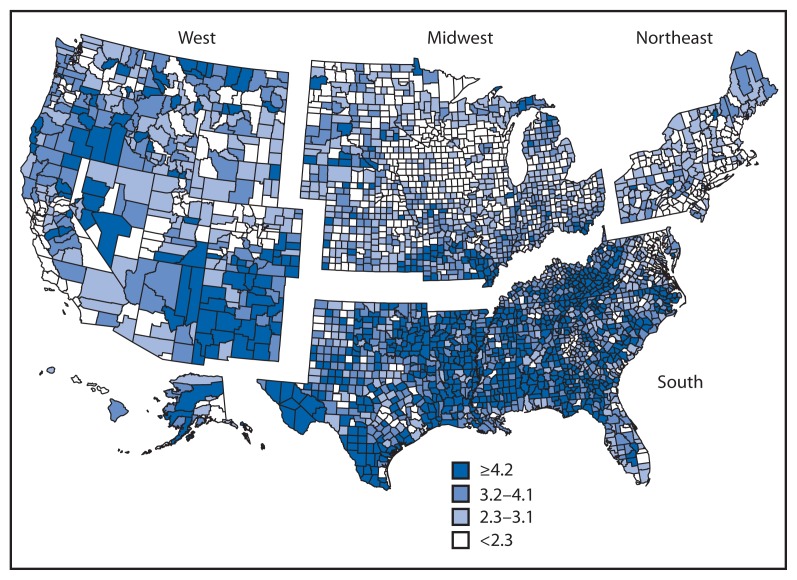
Big Data Project Offers Critical Insights
Into the Prevalence of Vision Loss Among Older People in the United States

The Aging and Vision Loss Big Data Project Confirms:
- About 7.3% of older people in the U.S. report blindness and low vision, and substantial health and social disparities compared to older people without blindness and low vision.
- 51% of older adults with vision loss have fair to poor health.
- Adults aging with vision loss have higher rates of chronic diseases like heart disease and diabetes.
- 33% report hearing impairment.
- 27% of adults with vision loss have depression.
Many older individuals have undiagnosed vision loss
- Older adults and professionals working with them often don’t know about or don’t seek Vision Rehabilitation and related services.
- Less than 5% are getting these services (NHIS, 2017).
- Vision loss increases the risk for falls, social isolation, and loneliness.
- Vision loss creates barriers to accessing information, support, and services that promote healthy living for older adults.
Action Steps
- Empower older adults with vision loss to stay independent through vision rehabilitation services.
- Share services and resources with those you serve.
- Use the Big Data information to advocate for vision rehabilitation services in your state.
Vision Loss Resources
- APHConnectCenter.org connects the vision loss community to resources, including:
- Information & Referral Hotline – 800.232.5463
- National Directory of Services
- APHConnectCenter.org/VisionAware offers information on living with vision loss
- VisionServe/AVLNC
- Provides a toolkit for educating service providers on best practices for serving older adults with vision loss
- Engages in advocacy to promote funding for more vision rehabilitation services
- Carries out research related to the prevalence of vision loss and Social Determinants of Health
Aging & Vision Loss National Coalition Data and toolkits

Access the Big Data Project National and State Reports…
the only studies providing comprehensive descriptions of older people with vision impairment at the state and county levels in one document.
- Provides state-level data on the prevalence of blindness and low vision among people aged 65 years and older for many states with a goal to release reports for all US States.
- Includes the prevalence and types of chronic conditions, QOL, disability, and social determinants of health measures among older people, including those with vision loss.
- Includes data sets from the Behavioral Risk Factor Surveillance System (BRFSS) and the American Community Survey (ACS).
Learn more about the Big Data Project at: visionservealliance.org/big-data-insights
Download the AVLNC Service Provider Toolkit:
- Identifies the multiple impacts of vision loss on every aspect of providing services to older adults.
- Helps the older person see improved outcomes when vision loss is identified and accommodations are included in treatment, whether it be in home health, residential services, hospital, and hospital discharge planning, occupational or physical therapy, recreation, mental health services, retirement planning, insurance, legal/guardianship, and all manner of multi-faceted services.
- Facilitates best practices among all who work with older adults with a functional assessment leading to individual service/treatment plans leading to maximum quality of life.
- Click to access the toolkit!
Contact:
Libby Murphy
Director, Program Development
VisionServe Alliance
lmurphy@visionservealliance.org
318.401.3350
VisionServe Alliance
Innovate. Lead. Collaborate.

